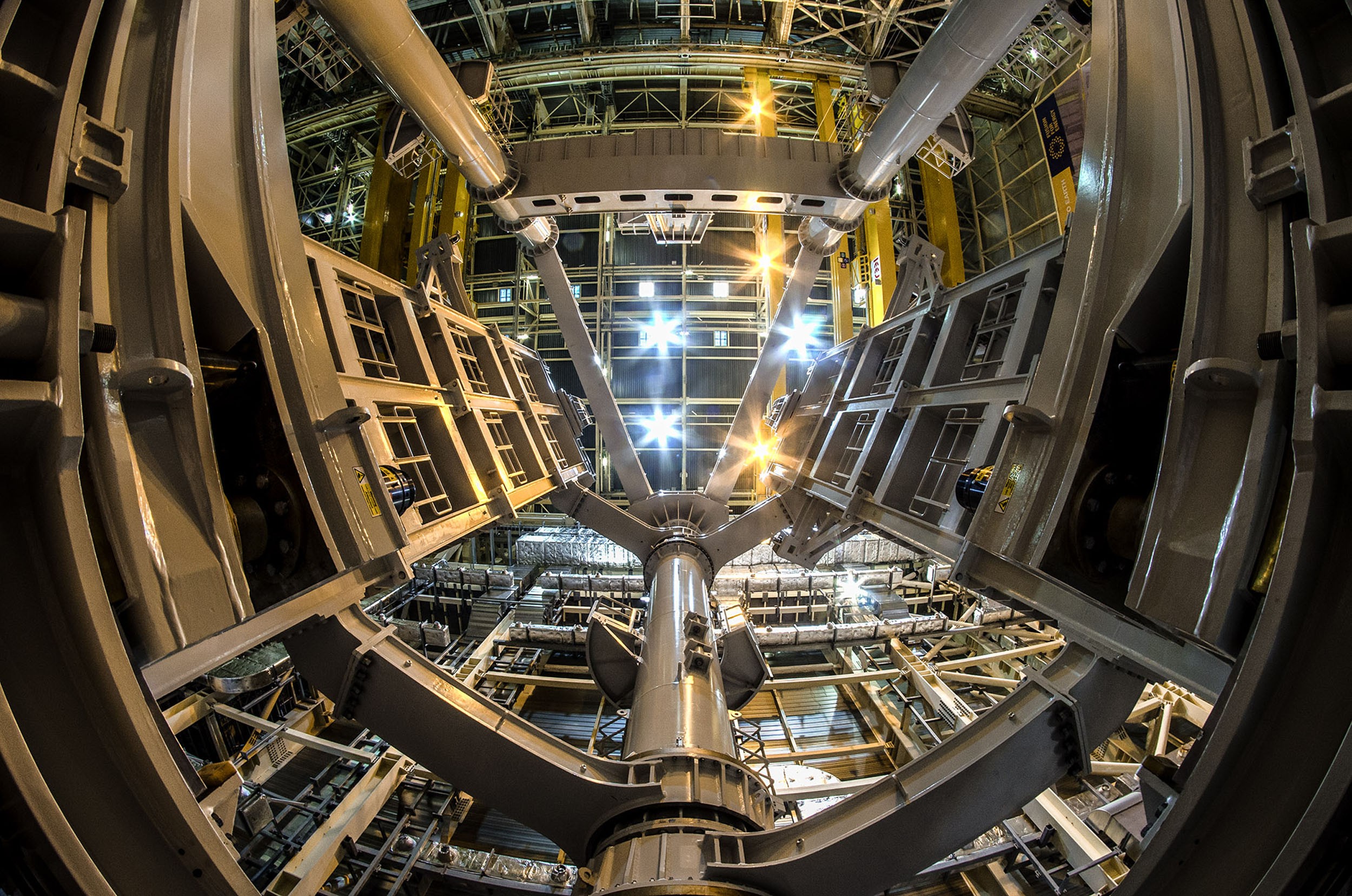Harnessing pollution-free energy from nuclear fusion is described by The New York Times as “the ultimate moonshot.” In the Western world, obsessed with phasing out the production of energy from fossil fuels, but aware of the limitations of wind and solar technologies, nuclear energy, and particularly nuclear fusion, just might, one day, be the Golden Ticket.
Despite ongoing fears over nuclear waste (not to mention warheads), investor interest in fusion energy, along with the number of nuclear fusion startups, is rising. The Times says over a thousand people are working on nuclear fusion and that “an industry is taking shape,” as companies rush to supply magnet components and other specialized gear.
The reason for the burgeoning interest in fusion energy was recently summed up by OilPrice.com: “Theoretically, two lone nuclear reactors running on small pellets could power the entire planet, safely and cleanly. That’s the promise of nuclear fusion.”
Others wax more eloquently. There is enough existent material to fuel fusion reactors to meet Earth’s energy needs for millions of years. Fusion rockets would vastly accelerate space travel. Fusion is thus the ultimate dream of Eisenhower’s “Atoms for Peace,” notwithstanding the potential of fusion-powered warships blasting each other away Star Trek style.
Of course, many visions are often a long way from becoming reality. Scientists have been working on fusion technology since the 1950s and have always dreamt that “the final breakthrough” is just over the horizon. It’s kinda like waiting for your Christmas package to arrive from China: any day now the ship it is on might reach its California port. Don’t hold your breath on either.
On the other hand, nuclear fusion is a bit tougher to tackle than getting ships to port. Fusion works on the concept of forging lighter elements into heavier ones. Smashing hydrogen atoms hard enough to create helium and thus generate net energy requires a multi-step reaction that can happen only at very, very extreme temperatures (hotter than the sun’s core, we are told).
Powerful magnetic fields must be generated to try to contain the superheated plasma and prevent it from coming into contact with the walls of the nuclear reactor. But this requires massive amounts of energy, and to date no fusion experiment has been energy positive – generating more energy than is used to achieve fusion. Until fusion generates positive energy it is useless.
Yet even a successful pilot scale experiment would be just a beginning. The trick is to keep the fusion reaction going. And nobody is anywhere near achieving that. So, the question remains: Is fusion the future or just another pipe dream?
Back in 2018 ExtremeTech.com reported that the Massachusetts Institute of Technology (MIT) had made “several significant advances” toward usable fusion power, including the technique to vent excess heat from fusion reactors and a type of high-temperature superconductor (HTS) that can make electromagnets more powerful and generate a positive energy balance.
The U.S. Navy in 2019 applied for a patent on what it calls a “plasma compression fusion” device that would generate energy gain by plasma compression-induced nuclear fusion. The controversial genius behind the patent application is Salvatore Cezar Pais, who also gets credit for the Navy’s room temperature superconductors, high-energy electromagnetic field generators, and new propulsion technologies.
But some physicists (and reporters) believe “all of these patents are beyond the realm of known physics and are almost laughable in terms of viability.”
Yet that has not stopped the flow of funds to new fusion projects. Commonwealth Fusion Systems has reportedly raised over $1.8 billion in funding from big-name investors like Bill Gates, George Soros, and venture capitalist John Doerr. Helion Energy, which already raised $500 million, also may tap another $1.7 billion if it achieves certain performance milestones. Canada’s General Fusion just took in $130 million to fund its research, with another fundraising round on the way.
Meanwhile, new breakthroughs continue. Back in March, physicists at Rice University announced they had used laser-cooled strontium to briefly trap the world’s coldest plasma (at -272o C) in a magnetic bottle. This technological achievement opens the door for studying plasmas to advance research into clean (fusion) energy, space weather, and astrophysics.
And just this month, researchers at Lawrence Livermore National Laboratory announced they had created a fusion reaction at the National Ignition Facility (NIF) that generated more power than the fuel absorbed. While the results have yet to be peer reviewed, interest has been trending upward as the LLNL scientists gear up to try to repeat the successful experiment.
Meanwhile, over in southern France, construction of the multinational-backed International Thermonuclear Experimental Reactor (ITER) is 75 percent complete. ITER promises the first fusion device to produce net energy on a large scale and maintain fusion for long periods of time.
The ITER team also believes its device, scheduled to go online by 2025, will be the first to test the integrated technologies, materials, and physics regimes necessary for commercial production of fusion-based electricity. That’s a tall order, and a bold promise.
Will fusion, if it is ever fully achieved, change our lives for the better? Surely, once humanity can replicate the energy that powers the Sun and stars, the future is infinite. But will we use this ultimate technology for good – or evil? Only time will tell.
